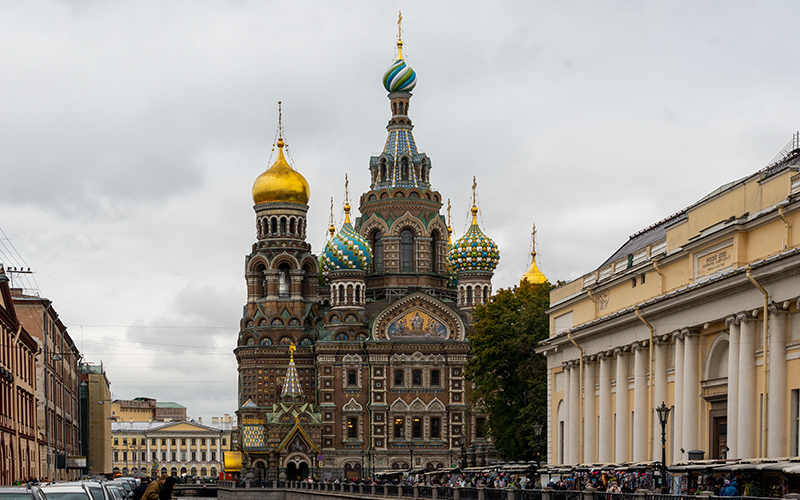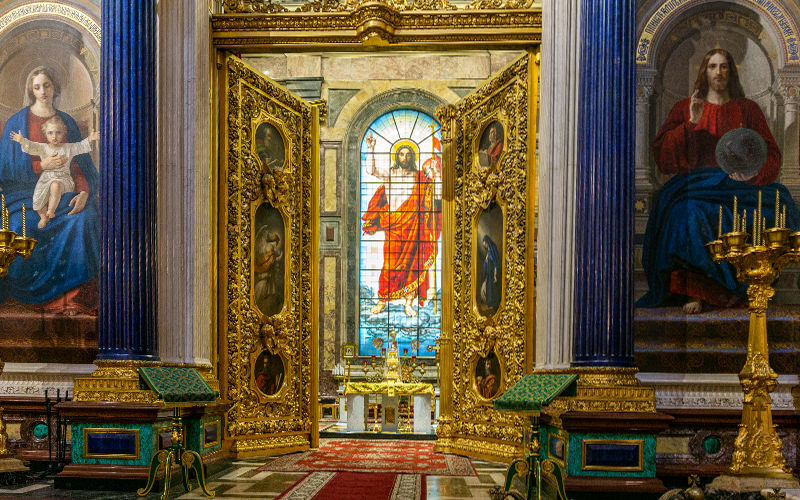Hi! I present to you the third part of my photo tour around the ruins of ancient Troy. In the first article of this series, I wrote about how to get to the city of Çanakkale, near which these ruins are located, transformed into a large open-air museum. The second part of the material was devoted to the history of these places.
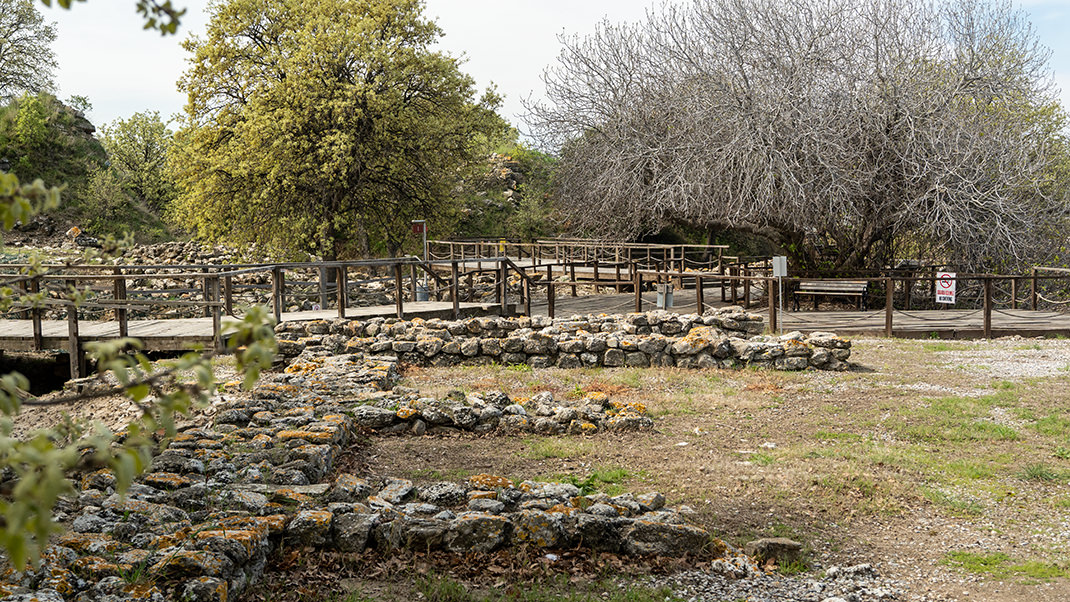
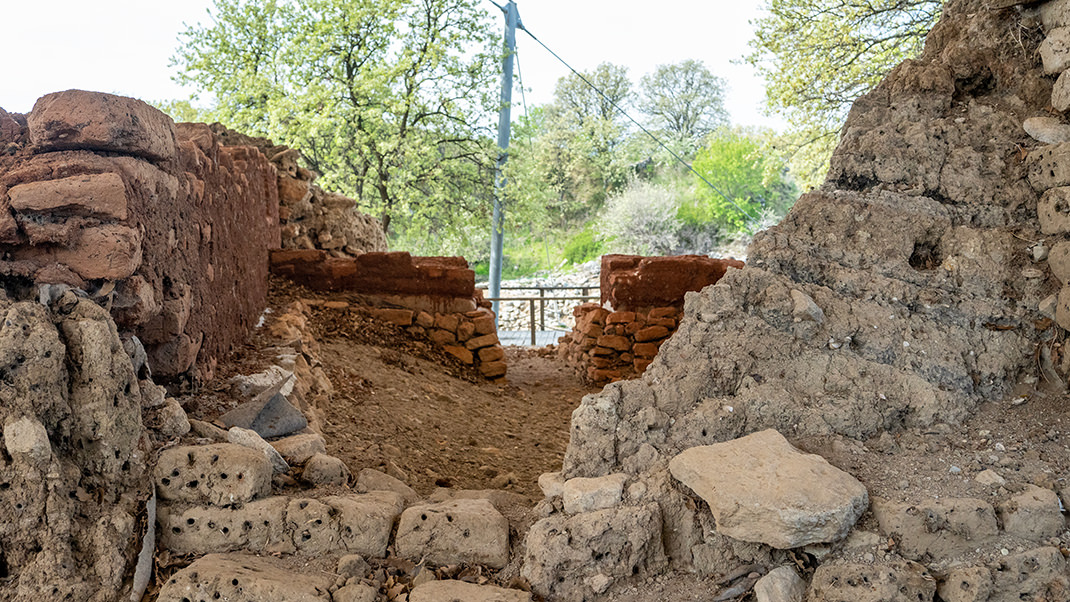
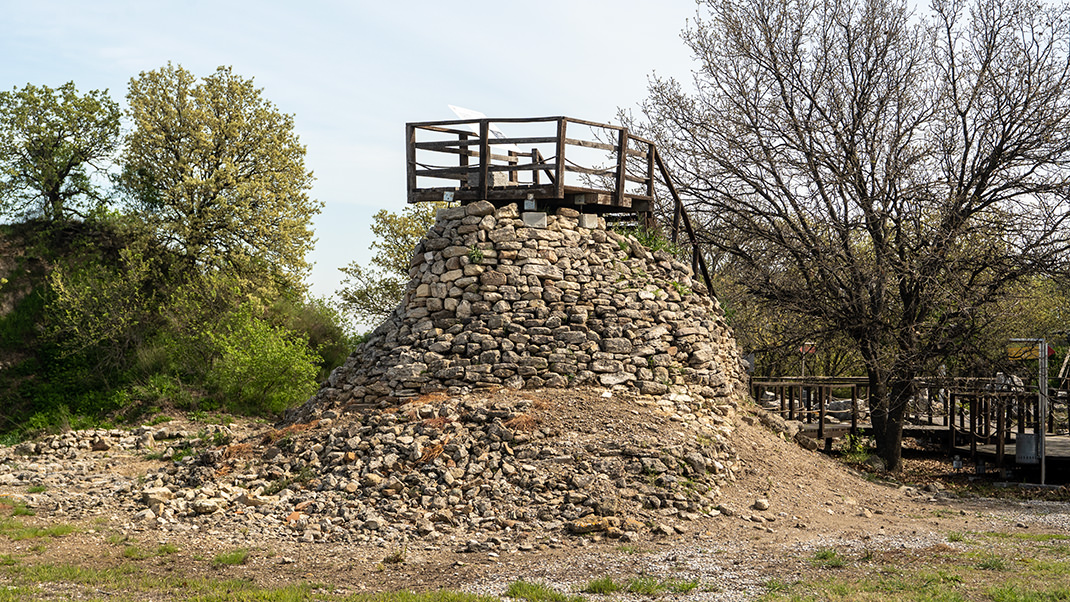
Walking Among the Ruins of Troy
I traveled to the ruins of ancient Troy from Istanbul. A tourist bus took me to Çanakkale, and from there, I reached the site by minibus. From its final stop to the entrance of the museum, there is a well-maintained road. Along the way, there are stalls with souvenirs, and interestingly, while I usually discourage tourists from buying anything in such places, here I, on the contrary, bought several souvenirs as mementos. The prices in the stalls are very reasonable.
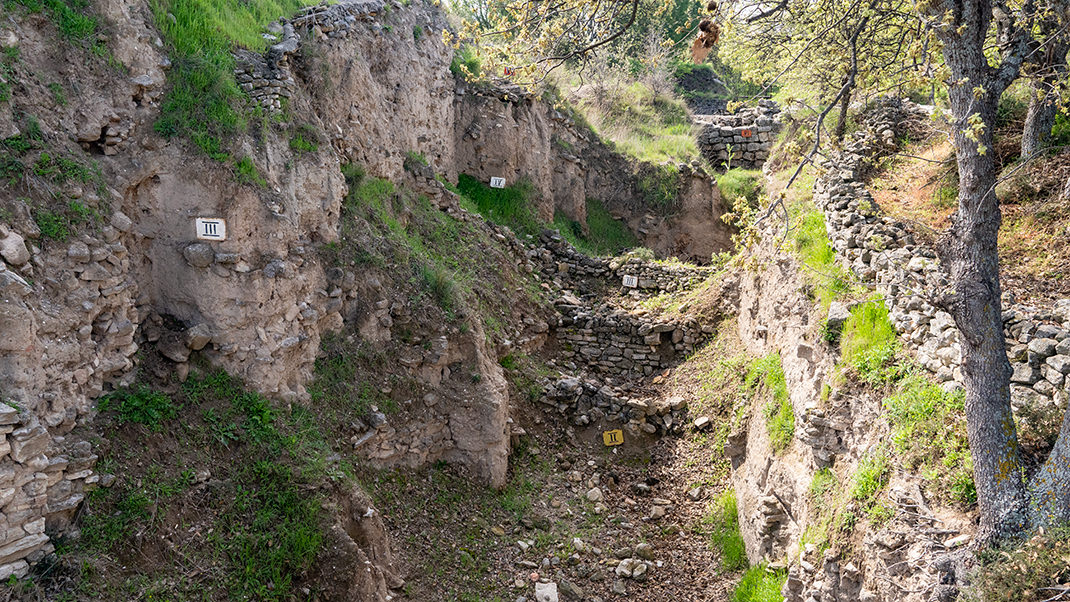
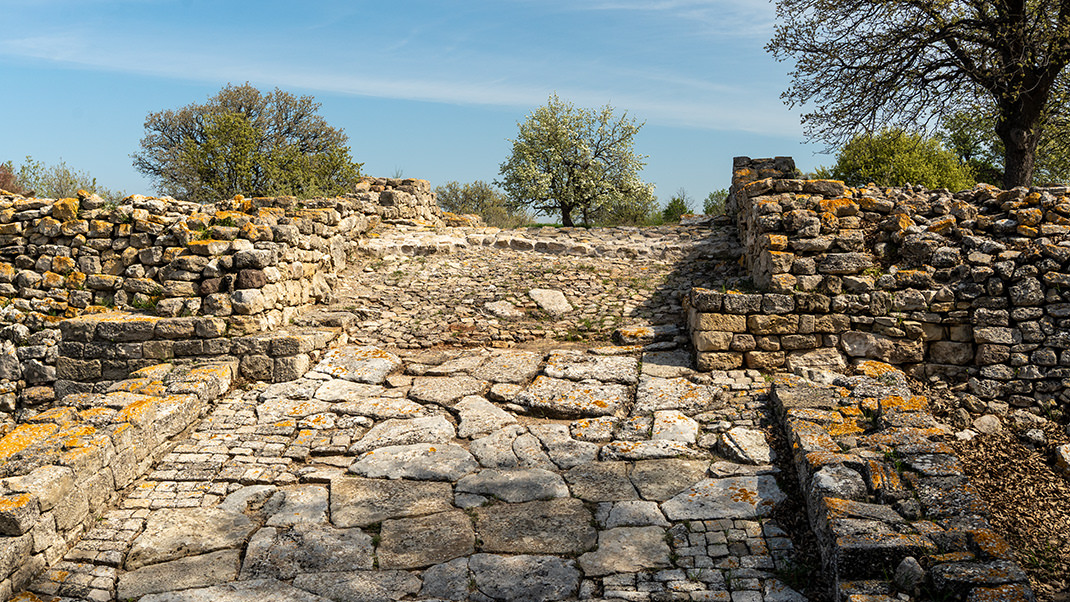
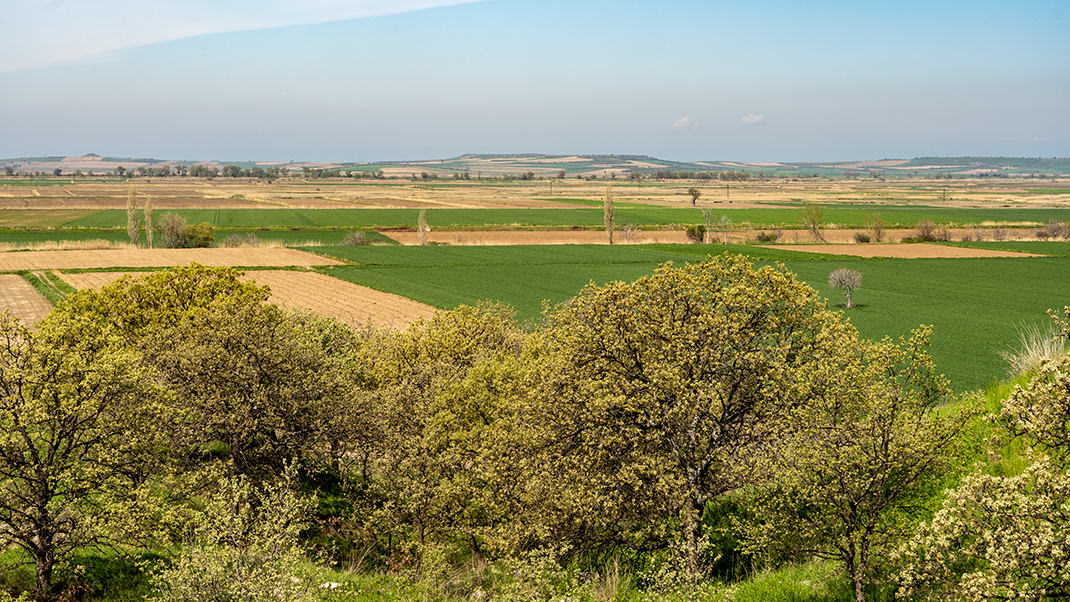
Right at the entrance to the complex, guests are greeted by the figure of the Trojan Horse. As I mentioned in the previous material, this installation is not historical; it was built by a Turkish craftsman in 1975.
I have been to several ancient cities in Turkey: Ephesus, Perge, and Lyrboton Kome. Visitors to these sites can freely wander around, peek inside numerous buildings, and deviate from tourist routes. However, in the case of the ruins of Troy, this is not possible; the path for guests is limited to wooden walkways with railings.
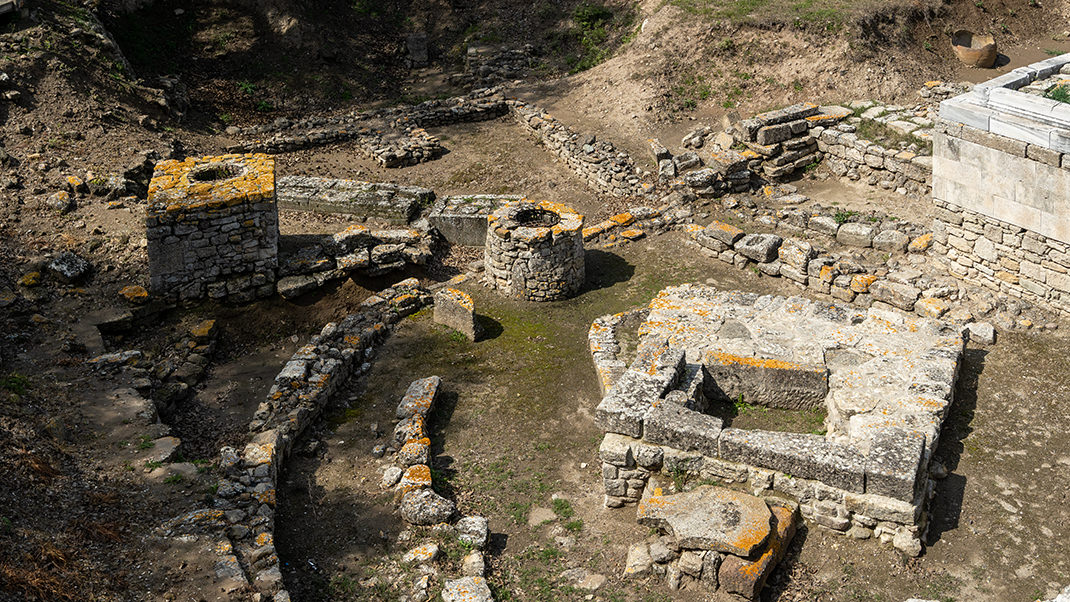

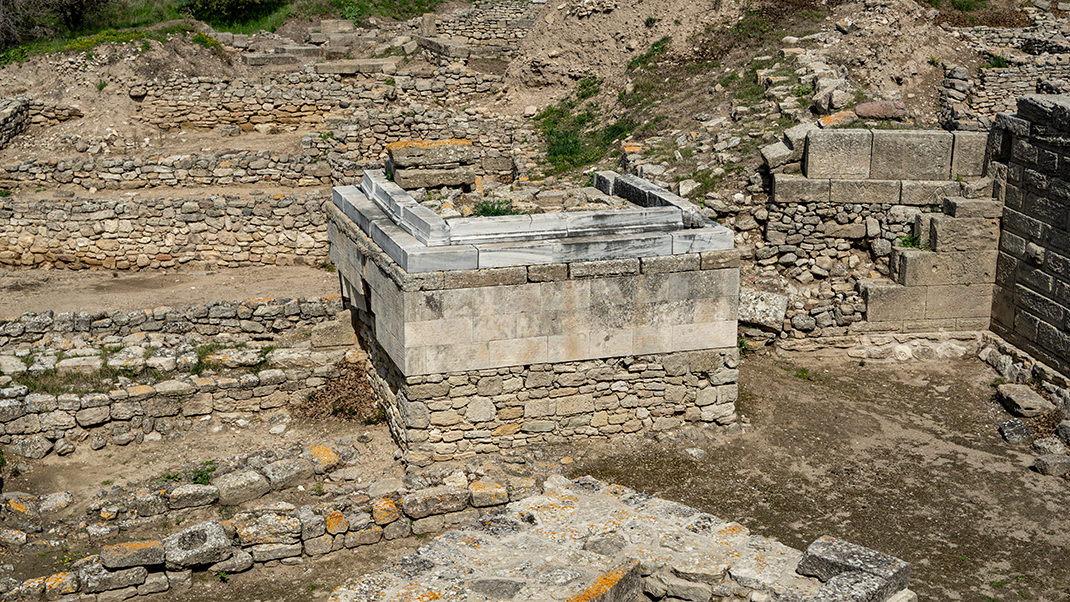
In the previous material, I also mentioned that archaeologists distinguish several settlements at this site: from Troy I, which appeared in the XXX–XXV centuries BCE, to Troy X, a city from Byzantine times. These periods of Troy's existence are well visible on information boards with images of excavations in cross-section. Signposts with routes to ruins from different time periods are also installed on the territory of the ancient city.
If we make another comparison with other ancient cities located in the country, it can be said that there are relatively few tourists here. However, we were often overtaken by large organized groups of Turkish schoolchildren.
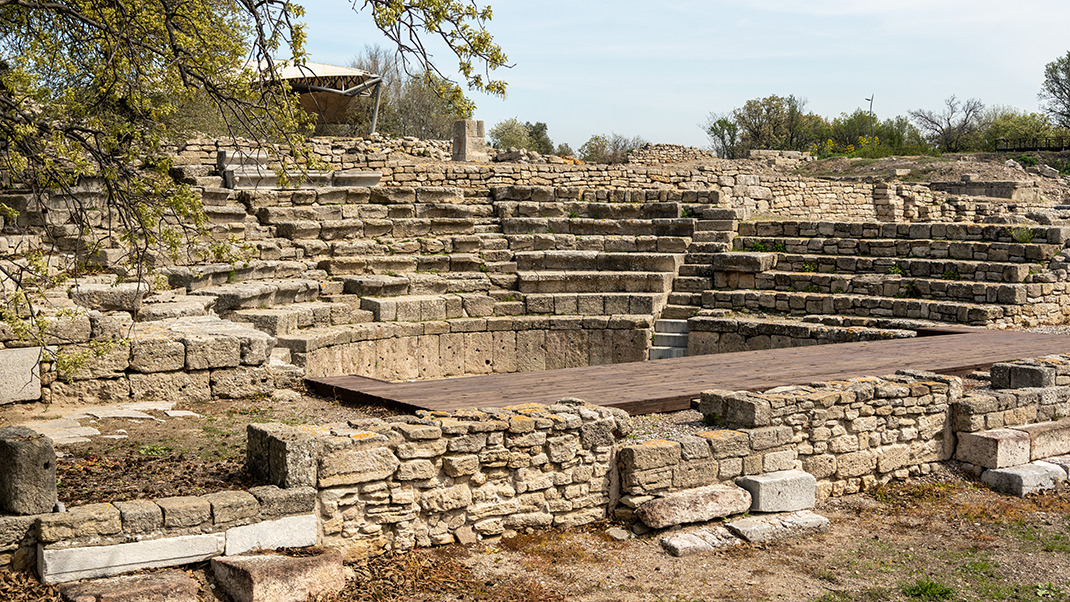
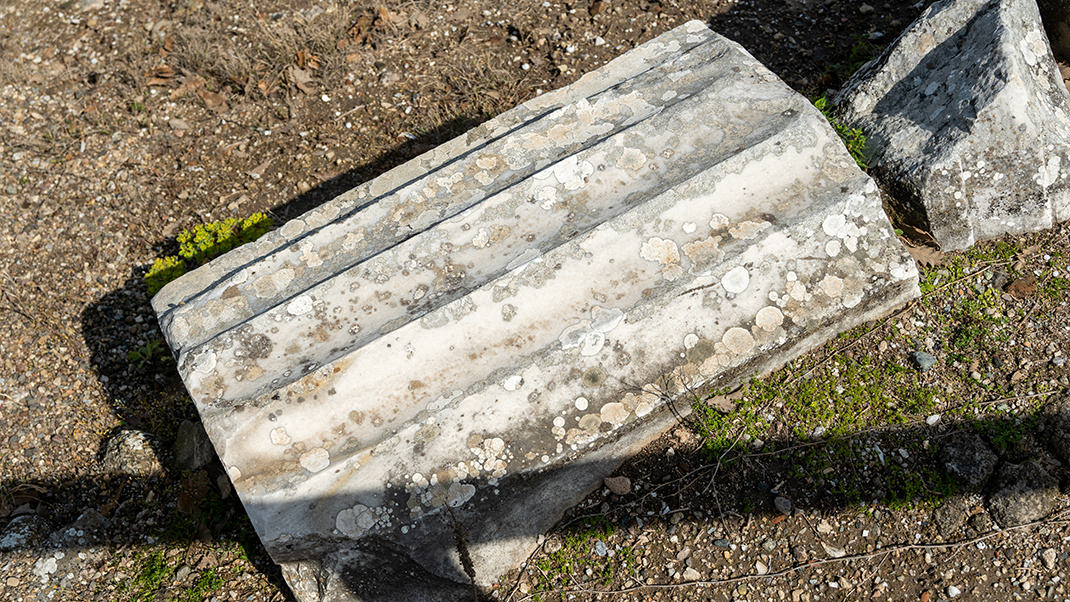
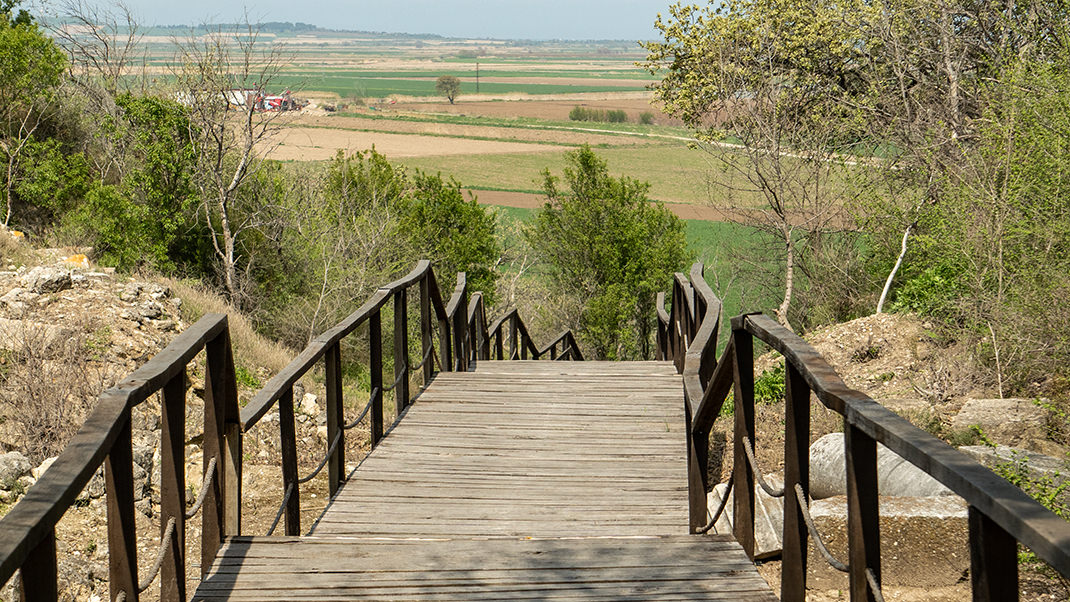
On the museum grounds, besides a shop and a restroom, there are almost no modern buildings, so it's better to choose the weather to come here on a sunny day because there is simply nowhere to hide from the rain. I arrived in Troy in early April, and the air temperature had already reached 16 degrees.
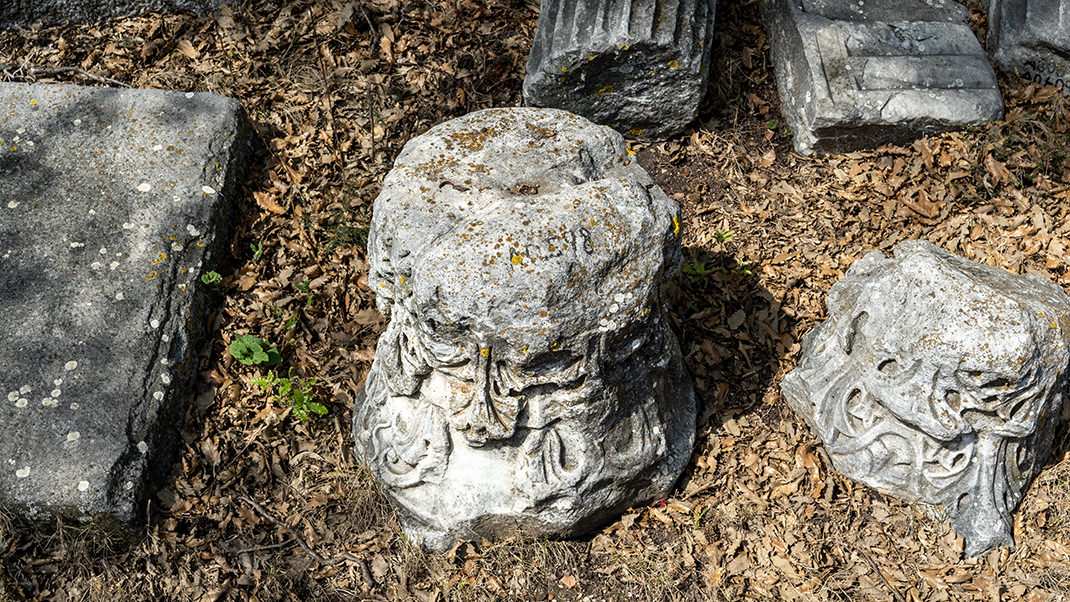
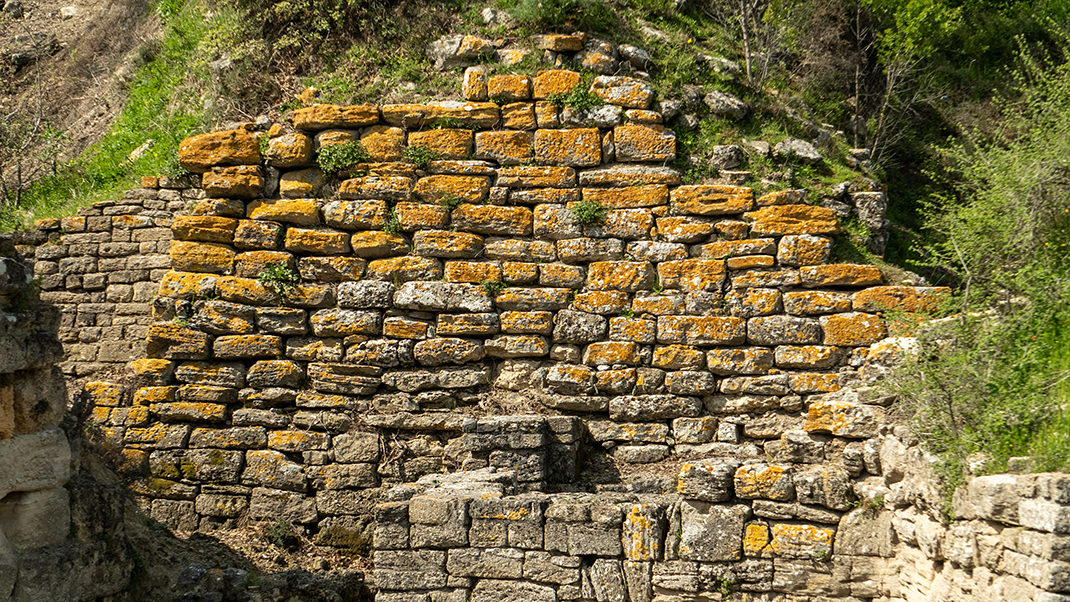
I think the ruins of Troy are not the most spectacular ancient archaeological monument; places like Ephesus look much more attractive in photographs. Still, it's worth coming here if only because this place is known worldwide.
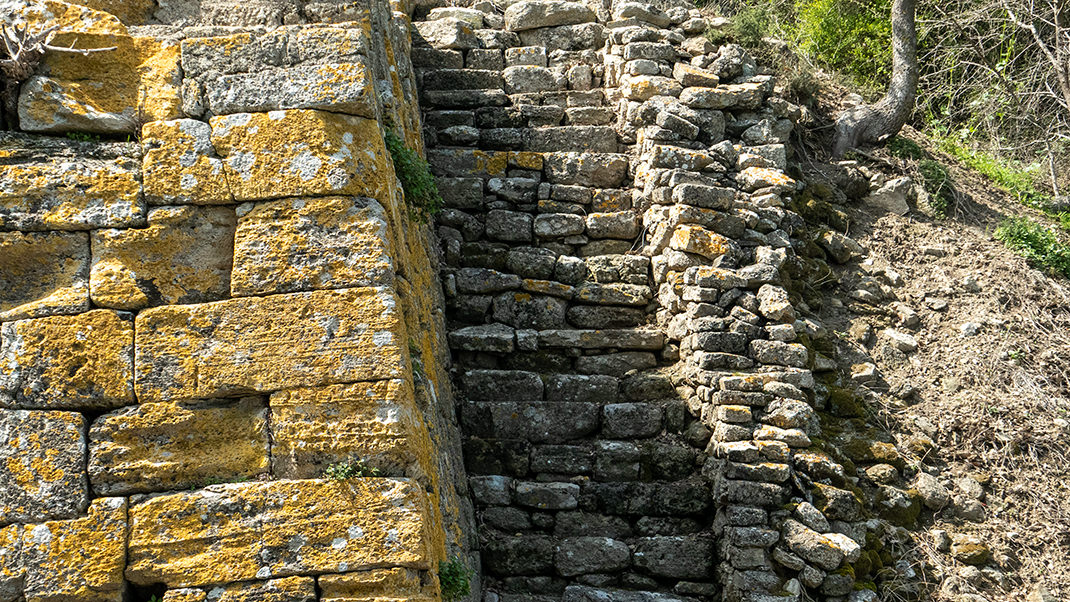
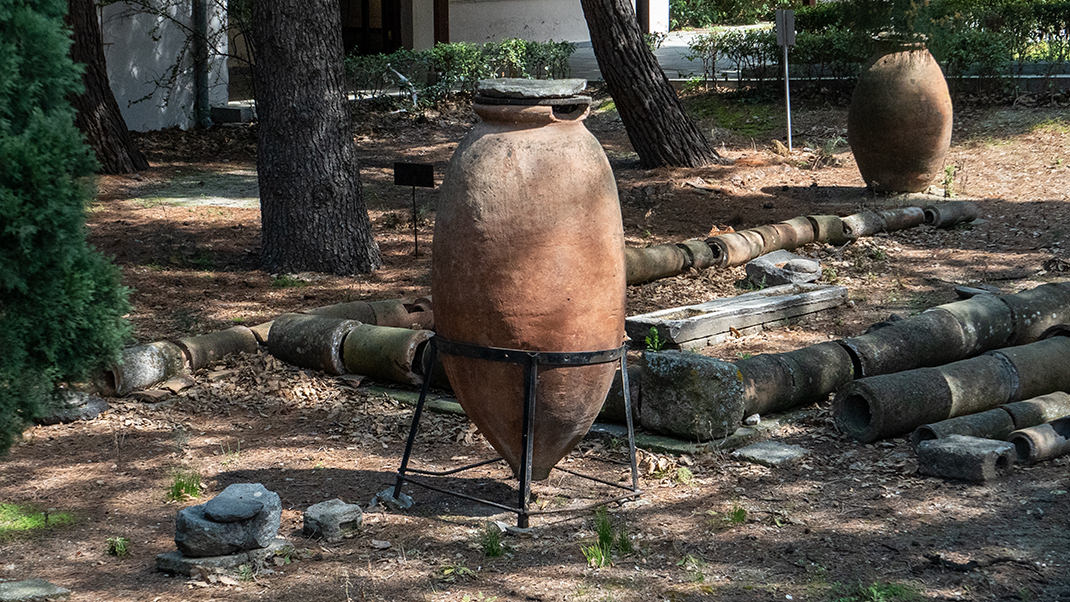

The last article in this series will be dedicated to the Museum of Troy, located in a very unusual, huge building right in the middle of a green meadow.
Have a nice trip!



